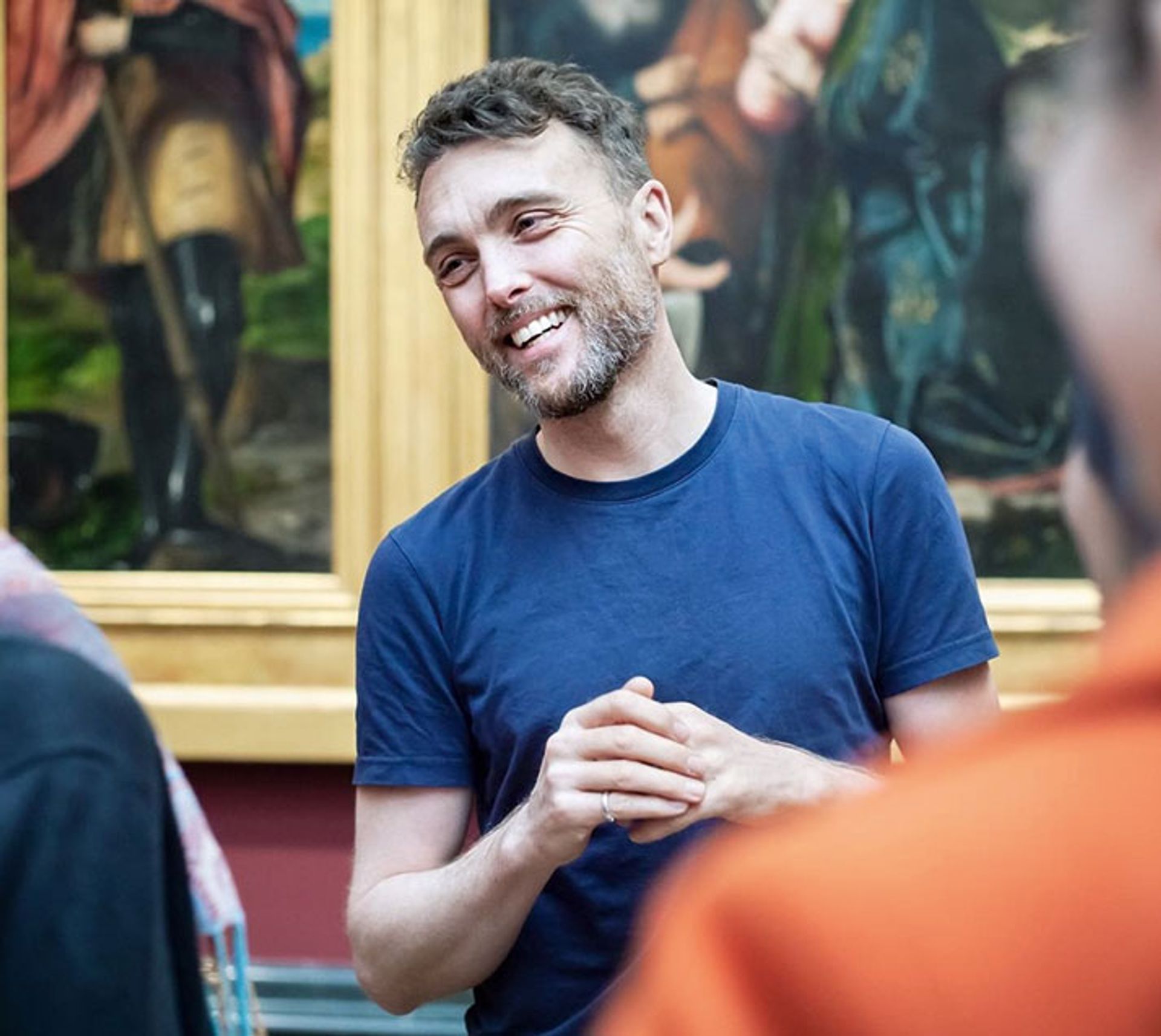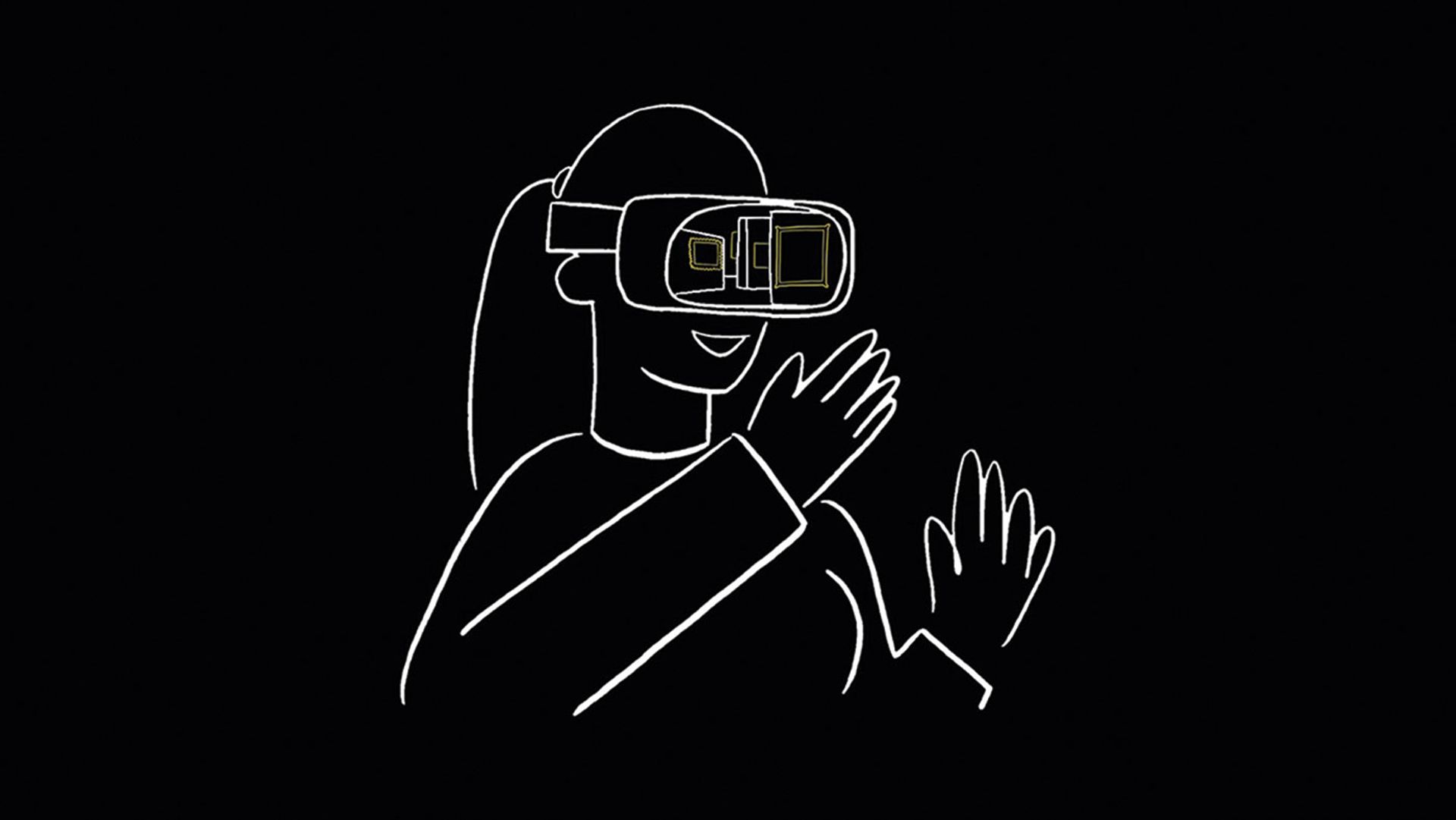The National Gallery’s almost 200-year-old neoclassical main building belies the museum’s forward-thinking digital outlook. A high-tech, in-house content team of 23 people operates at pace behind the leviathan’s grey stone façade—innovating, testing and pioneering an online strategy that is keeping the museum relevant in an increasingly digitised world.
John Stack, director of digital innovation and technology, and Lawrence Chiles, head of digital services, are at the forefront of the National Gallery’s content creation and technology adoption. They lead the content team and strive to answer—and act on—the question “what is the museum of the future?”
Their mission is supported by National Gallery X (NGX) studio. Launched in 2019 in partnership with King’s College London and described by the museum’s director, Gabriele Finaldi, as a “laboratory and a place to experiment”, NGX gives the digital department the space and resources to explore how online innovation can enhance cultural experiences and grow audiences.

“The National Gallery is an absolute leader in short-form video content delivered through social media.” John Stack, director of digital innovation and technology at the National Gallery © National Gallery, London
“The National Gallery is an absolute leader in short-form video content delivered through social media,” Stack says. He started his role at the museum only six weeks ago following a ten-year stint as the Science Museum Group’s digital director. Before that he spent a decade leading Tate’s digital strategy. “We have invested a lot into this and the work is exemplary,” he says. “Our team is experimenting with loads of different formats to see what works and what resonates with our audience online.”
A total of five million followers on social media— including more than two million on Instagram, more than 250,000 on TikTok and over 370,000 on Threads— scroll through punchy videos revealing mysteries and insights about the National Gallery’s collection. The rising number of followers and “likes” are proof that the museum’s digital plan is working, but there are also signs in the physical world that it is paying off. Stack says Carlo Corsato, one of the museum’s gallery educators and social media presenters, is now getting recognised on the street.
“We were aiming for 15% year-on-year growth for digital engagement over the last five years, and we witnessed 26% last year,” Chiles says. He adds that when he was promoted to his role in 2017, the National Gallery made its first reinvestment in digital and put a new directorate in place. This meant the content team, which has since doubled in size, was ready to “pivot” when the pandemic hit. “Our digital strategy came into its own during Covid and validated the resources that had previously been pumped into it,” he says. “We could move quickly because of the things we had put in place, including two digital projects—the Sensing the Unseen: Step into Gossaert’s ‘Adoration’ experience and the Keeper of Paintings augmented reality (AR) app—which were a big success through Covid and which remain popular. They highlighted the importance of virtual experiences and that it was vital to build dialogue with our online audience.”

“A digital space is infinite, you can play with things like scale, you can include audio in the interactive experience.” Lawrence Chiles, Head of digital services, National Gallery © National Gallery, London
As the UK emerged from lockdown in 2021, the National Gallery used two years of funding from the Bloomberg Philanthropies Digital Accelerator programme to boost its digital output. The initiative was launched to help arts organisations stabilise and thrive in the wake of Covid-19 through strategic improvements to technology infrastructure.
“The Bloomberg money came in, gave us even more freedom to experiment, and fuelled our digital growth strategy—the first part of the plan was about developing partnerships while the second part was focused on expanding our online audience,” Chiles says. “It helped us to launch the Director’s Choice virtual gallery, which won a Webby award, as we came out of Covid and we really showed the world how to do virtual exhibitions.”

The National Gallery’s Virtual Gallery project is due to go live in early 2025 © National Gallery, London
Set to go live in early 2025 is the museum’s Virtual Gallery project, which, according to Stack and Chiles, will push the boundaries of VR and AR even further. Despite remaining tight-lipped, Stack says they are considering if the “virtual space needs to be a perfect facsimile of the museum”. He adds: “A digital space is infinite, you can play with things like scale, you can include audio in the interactive experience—there’s something about bottling the experience of standing next to a painting with an educator or curator and inviting people to look at artwork in particular ways. Let’s just say the Virtual Gallery will be more experiential and interactive.”
Engaging children through AR
Also in the pipeline is a plan for creating content for children. Chiles says that engaging kids through AR has been “substantially transformative for how people visit the museum”, and that the content team is working on ways to explore the collection that are “far more playful”. “We are in the process of developing a new audience strategy to put in place post-bicentenary,” he adds.
Stack explains that thanks to the National Gallery’s digital strategy, an increasing number of young people are taking notice of the museum. “We are constantly thinking about what engagement is,” he says. “Key to our success is being able to change formats and shift onto new online platforms with ease. We always need to innovate and look back at what we did last week, which is why it’s so important to have an in-house content team.”
The National Gallery’s digital department is by no means resting on its laurels. As Chiles explains: “There is still a hard-to-reach audience who don’t know who we are and don’t know what’s behind the huge columns in Trafalgar Square.” This, he says, is one of the reasons why the museum projected a light show onto its façade to celebrate its 200th birthday on 10 and 11 May, to tell the public that “these are your paintings and they’re in this building”. He adds: “The whole point of this year is opening ourselves up as the people’s gallery. Where we go next is going to be very exciting.”
